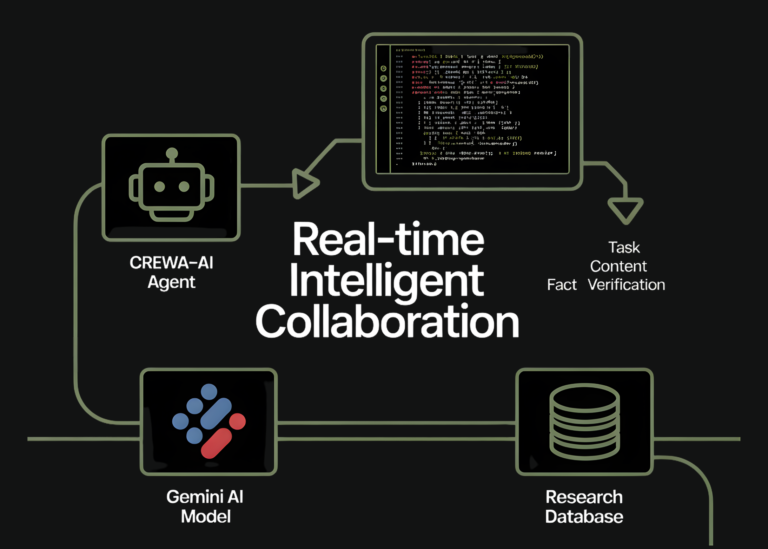AI Tools for Optimizing Ad Targeting in Digital Marketing
In the fast-evolving landscape of digital marketing, the ability to reach the right audience at the right time has become a critical differentiator. Traditional ad targeting methods, while effective in their time, often struggle to keep pace with the complexity and scale of modern consumer behavior. Enter artificial intelligence (AI), a transformative force reshaping how brands connect with their audiences. AI tools for optimizing ad targeting are now at the forefront of digital marketing strategies, enabling businesses to enhance precision, efficiency, and ROI.
The Importance of Ad Targeting
Ad targeting is the process of identifying and engaging specific segments of a population most likely to be interested in a product or service. Effective targeting ensures that marketing budgets are spent wisely, reducing waste and increasing conversion rates. However, with consumers exposed to countless ads daily, standing out requires more than guesswork—it demands data-driven insights and adaptability.
Traditional vs. AI-Driven Targeting
Traditional methods often rely on static demographics, manual segmentation, and historical data. While these approaches provide a baseline, they lack the agility to respond to real-time changes in consumer behavior. For instance, a campaign targeting “ages 25–34” might miss nuanced preferences or emerging trends.
AI, on the other hand, leverages machine learning algorithms to analyze vast datasets, including browsing behavior, social media activity, and purchase history. This allows for dynamic audience segmentation, predictive analytics, and hyper-personalized messaging. AI doesn’t just react to data—it anticipates patterns, enabling marketers to stay ahead of the curve.
Key AI Tools and Technologies
Several A powered tools have emerged to streamline ad targeting:
-
- Predictive Analytics Platforms: Tools like Google’s AI-driven Ad Manager and Adobe Sensei use historical data to forecast which audiences are most likely to engage, optimizing ad spend accordingly.
-
- Machine Learning Algorithms: These algorithms identify hidden patterns in user behavior, enabling real-time adjustments to ad campaigns. For example, Facebook’s Ad Delivery Optimization uses AI to prioritize ads that resonate most with target audiences.
-
- Natural Language Processing (NLP): NLP analyzes customer sentiment from reviews, social media, and search queries, helping brands refine messaging and target emotionally resonant content.
-
- Programmatic Advertising: Platforms like The Trade Desk and Google’s Display & Video 360 use AI to automate ad buying, ensuring ads are shown to the right people across multiple channels.
How AI Optimizes Ad Targeting
AI tools enhance ad targeting through several key mechanisms:
-
- Dynamic Audience Segmentation: Instead of rigid categories, AI groups users based on behavior, preferences, and intent. For example, a retailer might target users who recently browsed a product but didn’t purchase it.
-
- Real-Time Bidding (RTB): AI analyzes bid opportunities in milliseconds, ensuring ads are placed where they’ll have the highest impact.
-
- Personalization at Scale: By leveraging user data, AI crafts tailored messages for millions of individuals. Netflix’s recommendation engine is a prime example, using AI to suggest content based on viewing history.
-
- A/B Testing Automation: AI rapidly tests multiple ad variations, identifying top-performing creatives and headlines without manual intervention.
Benefits of AI in Ad Targeting
The advantages of integrating AI into ad targeting are profound:
- Increased ROI: By minimizing wasted ad spend and focusing on high-potential audiences, businesses see a significant boost in conversions.
- Enhanced Customer Insights: AI uncovers actionable insights, such as peak engagement times or content preferences, fostering deeper audience understanding.
- Real-Time Adaptability: Campaigns can be adjusted on the fly based on performance metrics, ensuring relevance in a fast-paced environment.
- Scalability: AI handles large datasets and complex campaigns effortlessly, making it ideal for brands with global reach.
Challenges and Considerations
While AI offers immense potential, it’s not without challenges:
-
- Data Privacy: Compliance with regulations like GDPR requires careful handling of user data. Marketers must balance personalization with privacy concerns.
-
- Algorithmic Bias: Biases in training data can lead to unfair targeting. Regular audits and diverse datasets are essential to mitigate this.
-
- Integration Complexity: Adopting AI tools often requires technical expertise and compatibility with existing systems.
Future Trends
The future of AI in ad targeting is promising. Advances in generative AI could enable fully automated creative development, while improved exploitability tools will make AI decisions more transparent. Additionally, the rise of AI-driven voice search and augmented reality (AR) will open new avenues for immersive, targeted experiences.
Conclusion
AI tools are no longer a luxury but a necessity in digital marketing. By optimizing ad targeting, they empower brands to connect with audiences more effectively, driving growth and innovation. However, success hinges on ethical practices, continuous learning, and a blend of human creativity with machine precision. As AI evolves, so too will the possibilities for marketers—setting the stage for a more intelligent, responsive, and customer-centric industry.
In a world where attention is the ultimate currency, AI is the key to unlocking it.







